LOW TIDES in central London.
Just the other day two visitors approached me in Victoria Tower Gardens, considerately keeping to our Covid social distancing norms, and asked me why the river seemed bereft of water. It was low tide. And it was not the first time that I’ve met people unaware that the river is tidal up as far as Teddington Lock and, that apart from the short intervals during slack tide, there is the constant movement of water upstream or downstream, borne by flood or ebb tides.
Low tides expand the foreshore exposing multi-layered remnants of the past and that is why London’s beaches have been declared an architectural site, which must not be explored or excavated without a Thames Foreshore Permit. At first glance the apparent slime or mud-covered rubble at low tide lacks appeal but on closer examination you can see thousands upon thousands of fragments of London’s history. Bricks, bottles, clay pipes, coins, jewels, medals, and countless remains of household, shipbuilding, and industrial artefacts, lie jumbled together, often broken, continually shifted by the movement of the tides, appearing and disappearing at the whim of the currents. And their stories are being studied and pieced together by members, both expert and amateur, of the Thames Discovery Programme.
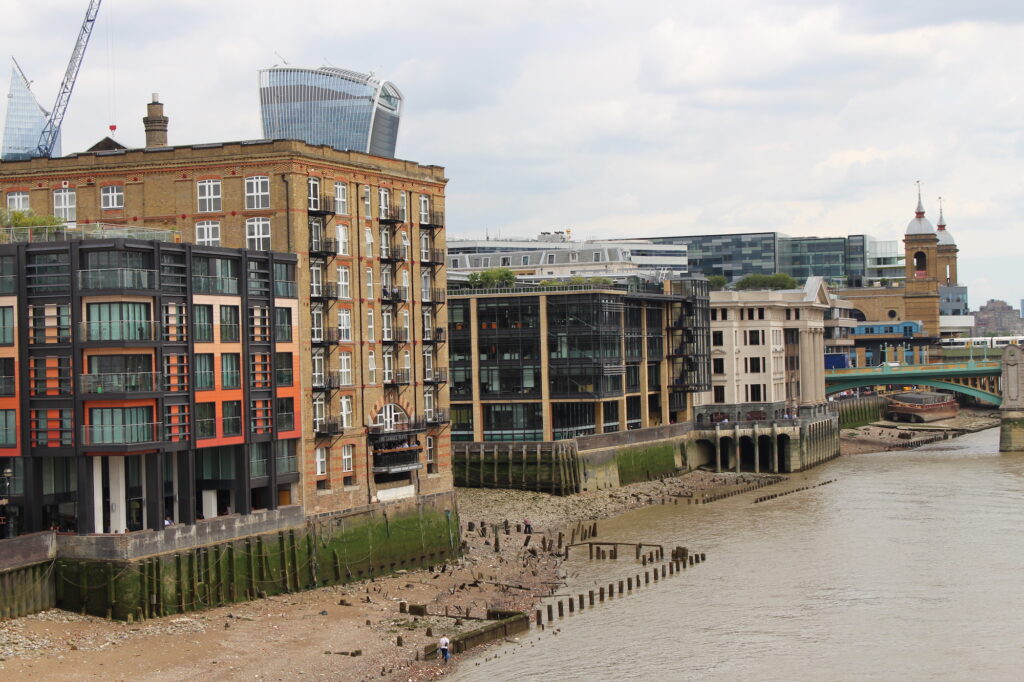
You may, as you walk through the city along the Thames Path, come across figures moving slowly, bending intently towards the foreshore, occasionally picking up and stowing objects into a sample bag. These are modern day, permit holding mudlarkers, who with every find add another piece to the mosaic of London’s history, and among them, some such as Nicola White, not only add to our knowledge of London’s past but turn their finds into art. Low tides are a potential treasure trove for them. However, in the 18th and 19th centuries mudlarks were the very poor, mostly men but women and children too, scavenging the shoreline for objects that they could sell to eke out a living and, until a hundred or so years ago ‘mudlark’, was recognised as an occupation.
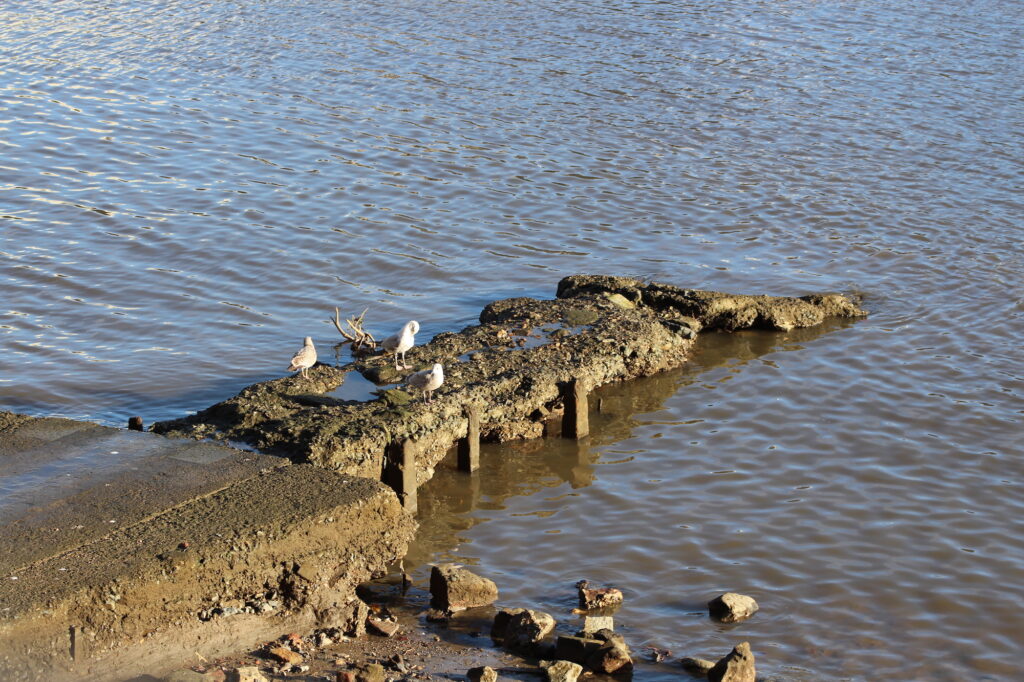
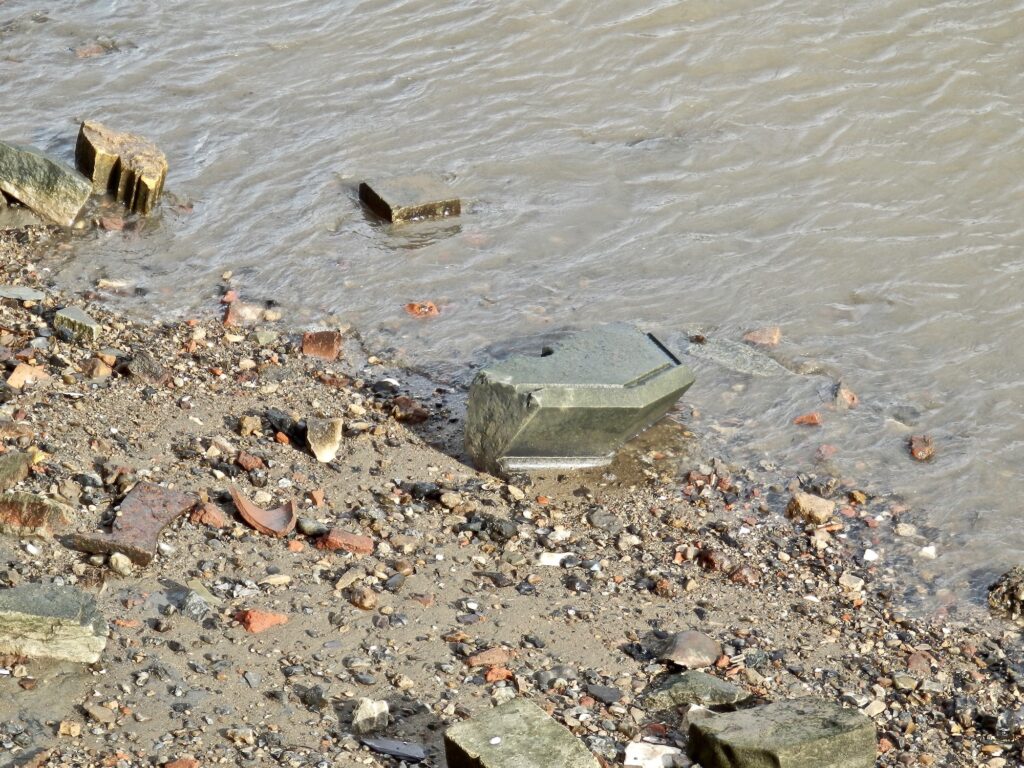
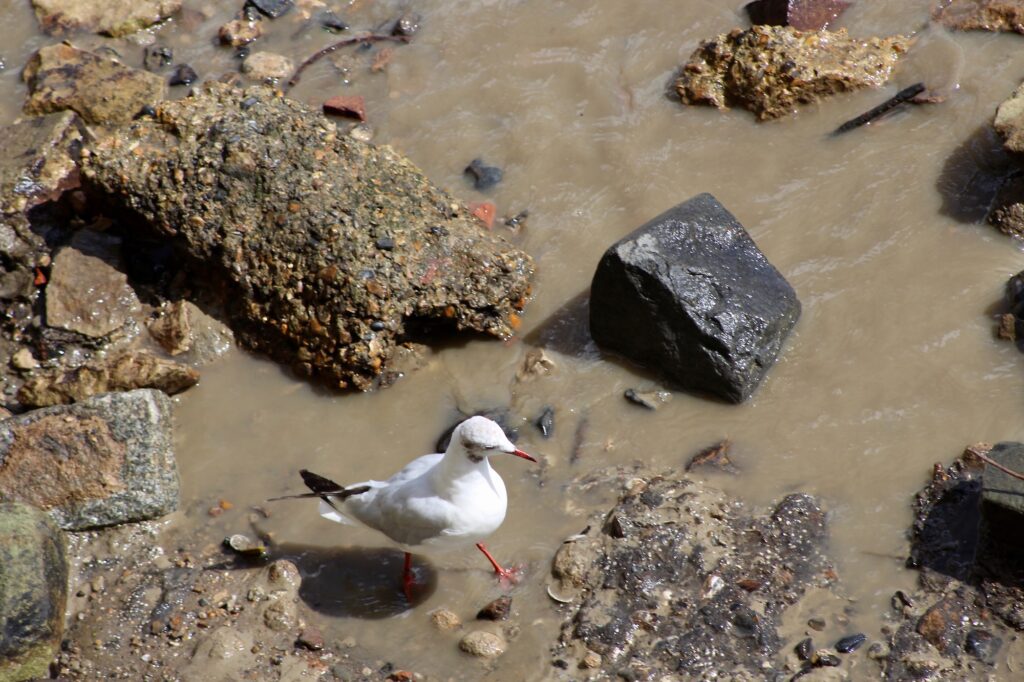
Low tides, while they suit some, are not necessarily such a benefit to navigators. They have to learn the shape of the river bed and its shifting positions, with its beaches, sandbanks, and sandbars. The Port of London Hydrographic Service survey vessels THAME, MAPLIN, and GALLOPER are each fitted with ‘Multibeam Echo Sounder Systems’ and carry out over four hundred surveys a year along the tidal Thames and Estuary.
People often ask how deep the Thames is but of course this varies with every tide so the difference between the depth of the river at high and low tide is at its greatest during spring tides. This also depends on the volume of the fluvial flow. The average low water levels at spring tides are marked on charts as MLWS – Mean Low Water Springs.
However, for those just wishing to check the tides on a particular day, there are a number of sites including the BBC that predict the tide levels at London Bridge, and Willy Weather that covers the projected tide levels at all the central London bridges.
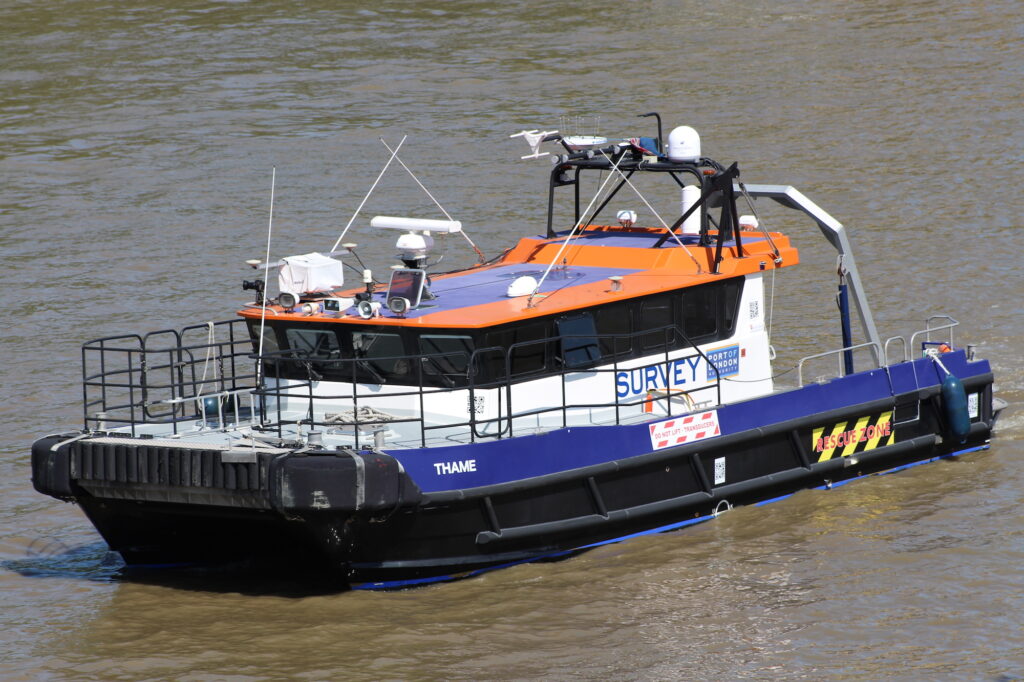
Knowing the tide tables is not just essential for professionals but also for walkers and mudlarkers to avoid being cut off, not forgetting canoeists and anyone making use of the currents to speed their journey. When I met him last year Rob Jeffries gave an example from upstream, where the river is shallower, of the need to be aware of the tidal movements: “There’s a shoal by Fulham Football ground close to which, if you’re not careful, you risk getting stuck and stranded by an ebbing tide.”
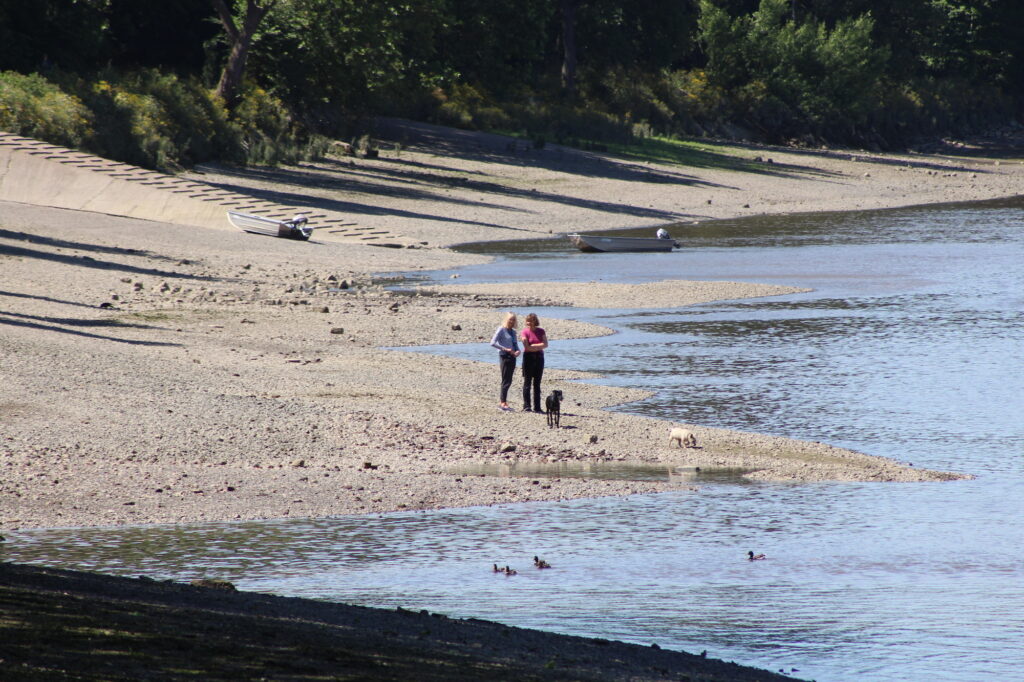
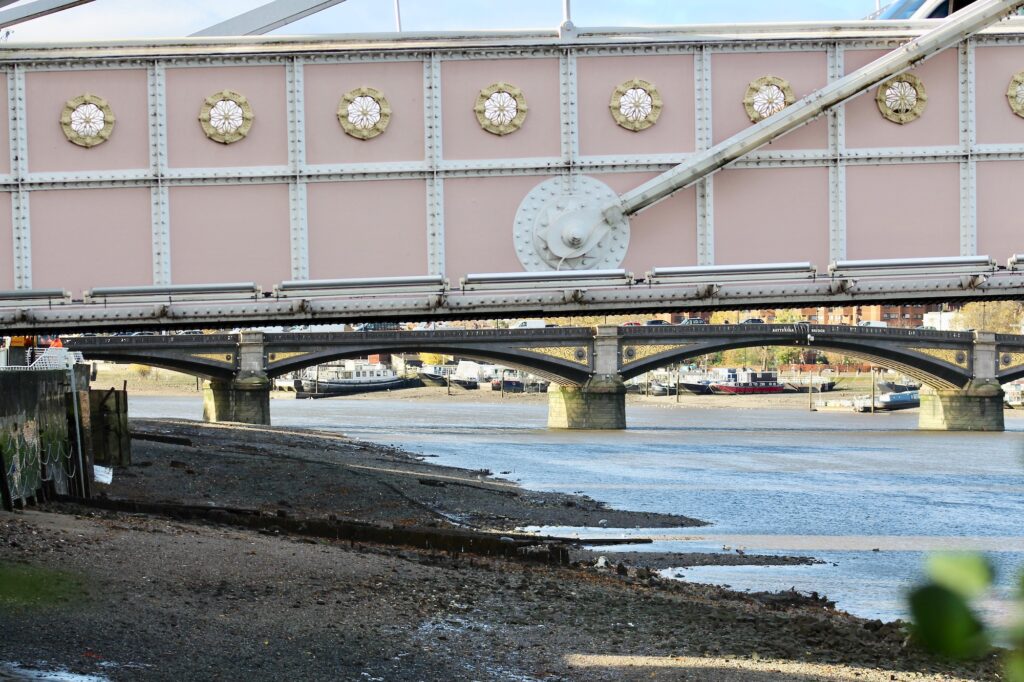
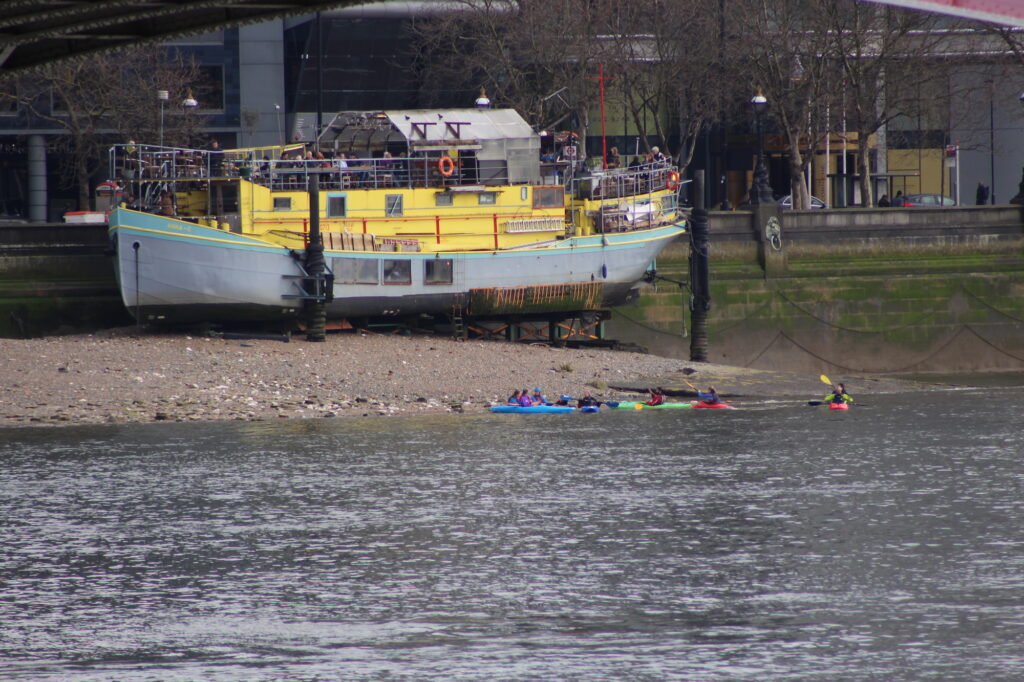
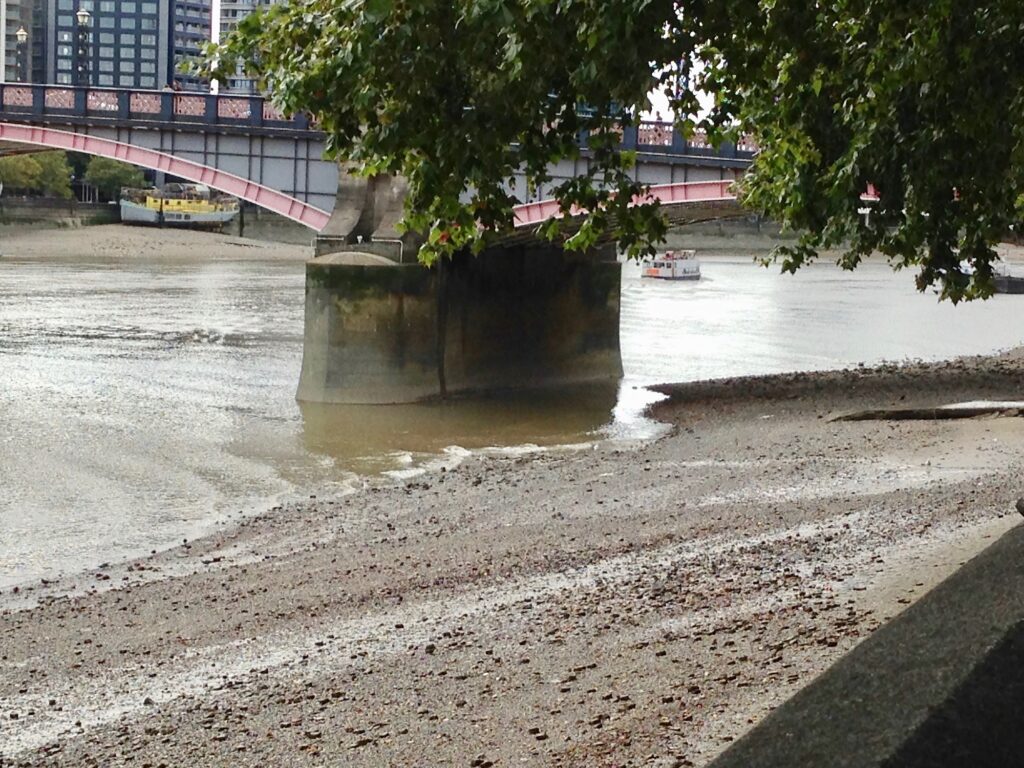
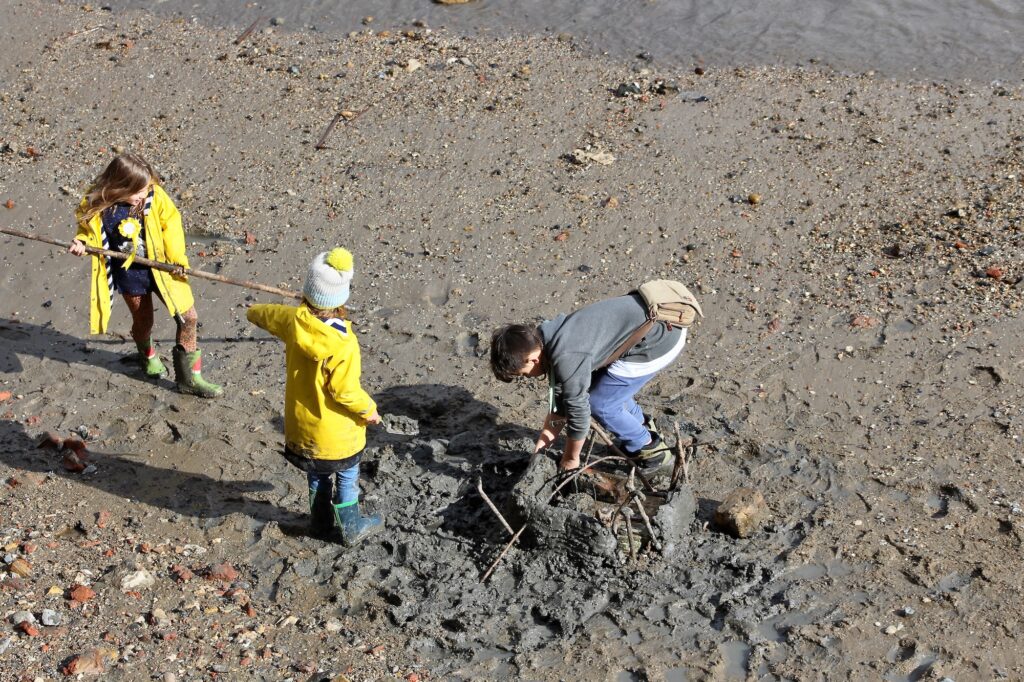
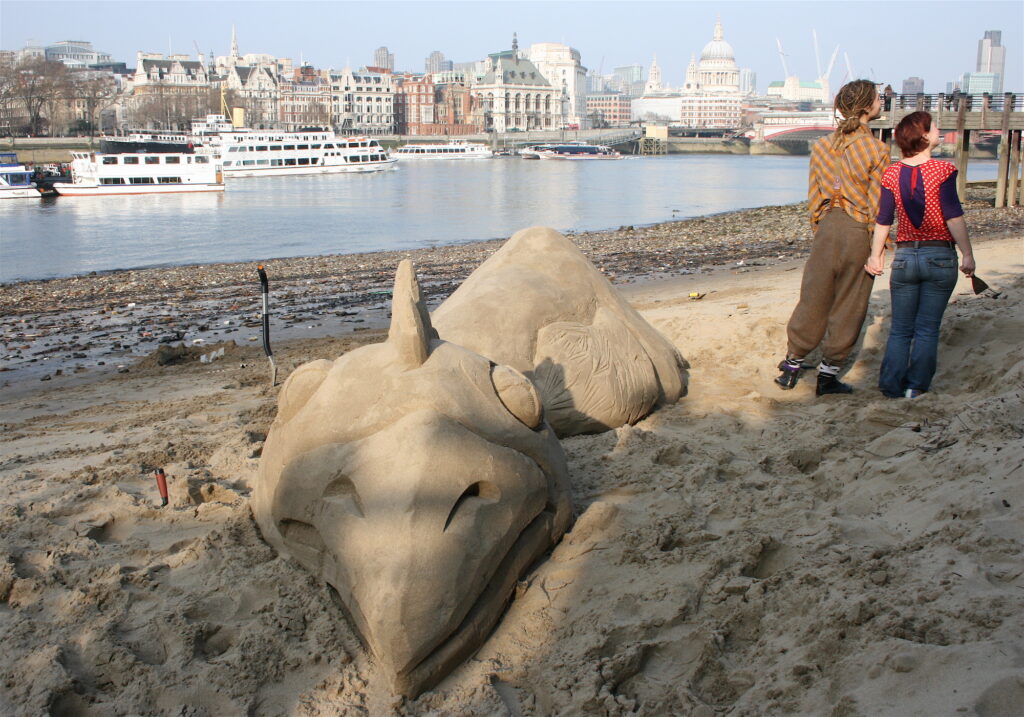
The beach at Gabriel’s Wharf is a favourite place for sand sculptors, who create their work on the sand revealed by the falling tide, only to see it washed away a few hours later. They are fun to watch and of course depend on the public *showing their appreciation* from the embankment above by aiming coins at a well-marked target.
A set of sculptures called The Rising Tide, by Jason deCaires Taylor, installed on Vauxhall beach for the month of September 2015, was constructed to resist the scouring of the tide for much longer. And after being displayed on the shore of Lanzarote for three years, sadly the subject of a political dispute, they are now in storage. Made of stainless steel, cement, basalt and aggregates, their form and meaning evolved with the rhythm of the tides…
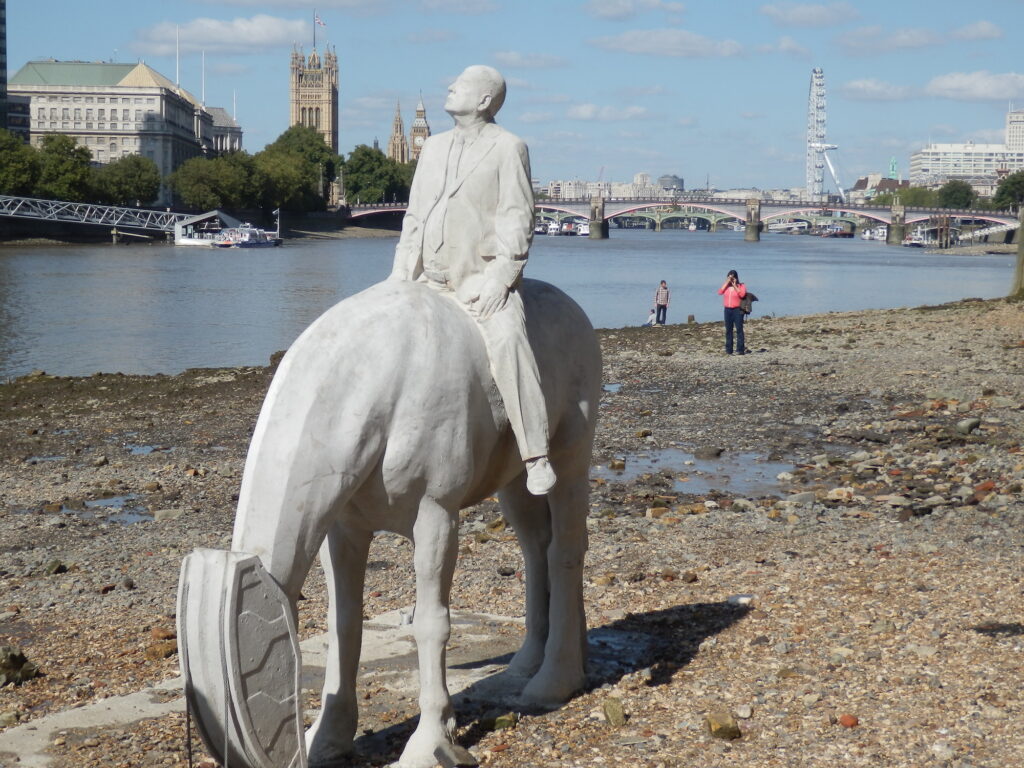
If you spend a lot of time watching the movement of the river, your visit might just coincide with the changing of the tide.
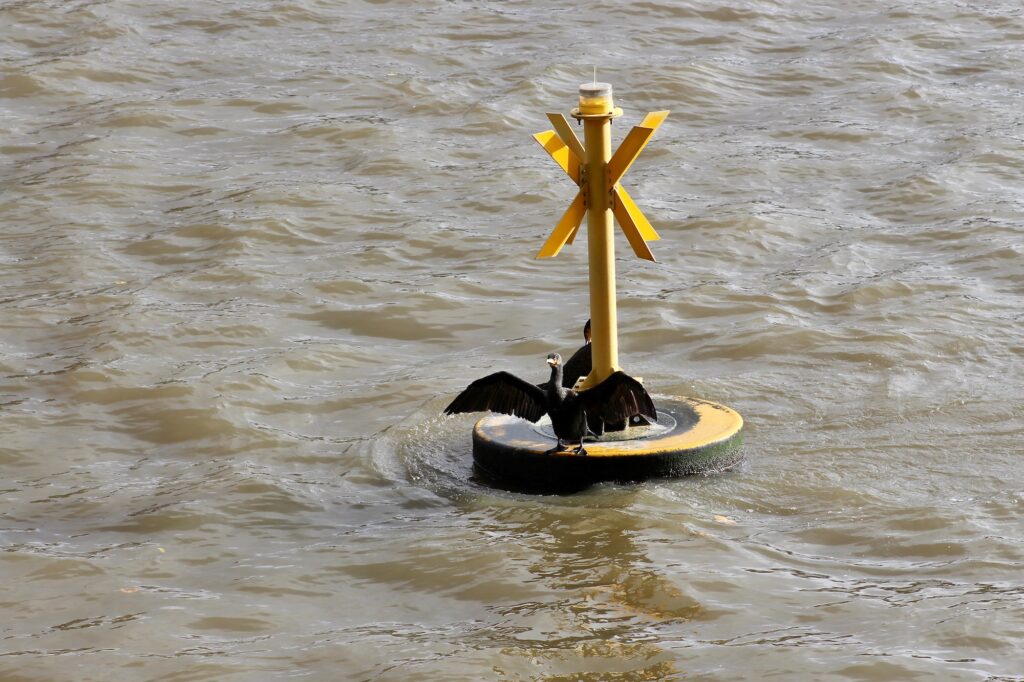
Often imperceptible to begin with, you can see a change in direction of the current when, after slack water, an incoming tide meets the fluvial flow. The water can remain still for a while, with small eddies whirlpooling out against the main direction of the flow, but not for long before pursuing its inexorable course upstream.
Further Information
Thanks to Richard Jennings for help with Tides on the River Thames.
Explore the foreshore with Lara Maiklem in Mudlarking: Lost and found on the River Thames.
Thanks to NS for editorial help.
Look at The Port of London Authority’s Tidal Information.